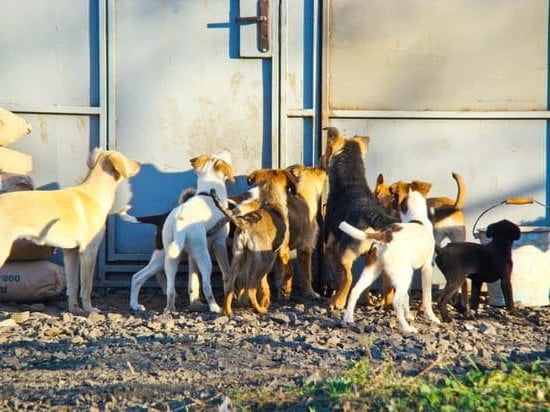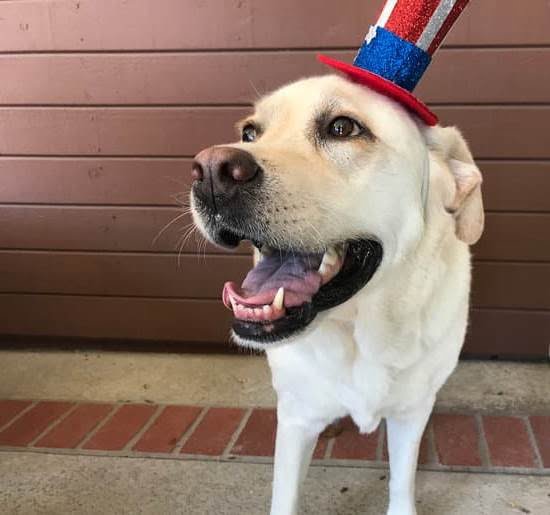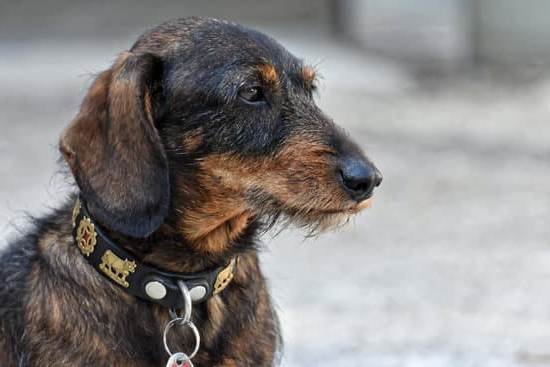How To Crate Potty Train An Older Dog
Most people think that crate training is only for puppies, but it can be a great way to potty train an older dog too. Dogs instinctively don’t like to soil their sleeping areas, so by putting your dog in a crate when you’re not able to keep an eye on them, you can help them to learn not to relieve themselves inside.
The key to success with crate training an older dog is to make the crate a positive experience. Start by putting a soft bed or towel in the crate and putting some of your dog’s favorite toys in there too. When your dog is calm, give them a treat and praise them for going in the crate.
If your dog has an accident in the crate, don’t scold them. Just clean it up and put them back in the crate. Over time, they will learn to only relieve themselves outside.
Reasons To Crate Train A Dog
There are many reasons to crate train a dog. A crate can provide a safe place for a dog to rest and can also be used as a training tool. Crate training can be beneficial for both puppies and adult dogs.
Puppies may need a place to rest where they will not be disturbed. The crate can also help to potty train a puppy and to keep him from chewing on inappropriate items.
Adult dogs may also need a place to rest and may find the crate to be a comfortable place. The crate can also be used to keep a dog from getting into trouble when left alone in the house.
Crate training can be a beneficial tool for both puppies and adult dogs. It can help to keep a dog safe and can also be used to potty train a dog.
How To Crate Train A Dog While At Work
When you have to leave your dog at home during the day, the best way to keep them safe and out of trouble is to crate train them. This will also help potty train them and keep them from chewing on your belongings.
The first step is to get your dog used to the crate. Start by putting them in the crate for short periods of time and gradually increase the amount of time they spend in the crate. Make sure your dog has plenty of water and toys to keep them occupied.
When you’re ready to leave for work, put your dog in the crate and give them a few treats. Leave them for as long as you’re gone and don’t forget to come home and let them out!
How Long Should You Crate Train A Dog
?
When crate training a dog, the recommended amount of time spent in the crate per day is about one hour for every month of age. So a three-month-old puppy should spend approximately three hours per day in the crate, and a six-month-old puppy should spend about six hours per day in the crate.
Of course, you should always keep an eye on your dog’s behavior and adjust the amount of time spent in the crate accordingly. If your dog seems to be having a hard time adjusting to crate training, or if he starts having accidents in the crate, you may need to spend less time in the crate.
But on the whole, following these general guidelines should help your dog adjust to crate training relatively quickly and easily.
How To Crate Train A Dog Fast
Crate training a dog may seem like a daunting task, but if done correctly, it can be a relatively easy process. The key is to be consistent and patient.
The first step is to introduce your dog to the crate. Place the crate in a quiet, comfortable spot in your home and put a soft blanket or towel inside. Next, put a treat or toy inside the crate and let your dog go inside and get it. Once your dog is comfortable going into the crate, close the door for a few seconds. Gradually increase the amount of time the door is closed.
Once your dog is comfortable going into the crate and staying inside for a few seconds, start using the crate as a place to confine your dog when you’re not able to watch him. crate training a dog should only be used as a temporary measure – not as a way to permanently keep your dog confined.
The key to crate training a dog is to be patient and consistent. If you are patient and consistent, your dog will quickly learn to love his crate and will be happy to spend time inside.

Welcome to the blog! I am a professional dog trainer and have been working with dogs for many years. In this blog, I will be discussing various topics related to dog training, including tips, tricks, and advice. I hope you find this information helpful and informative. Thanks for reading!





